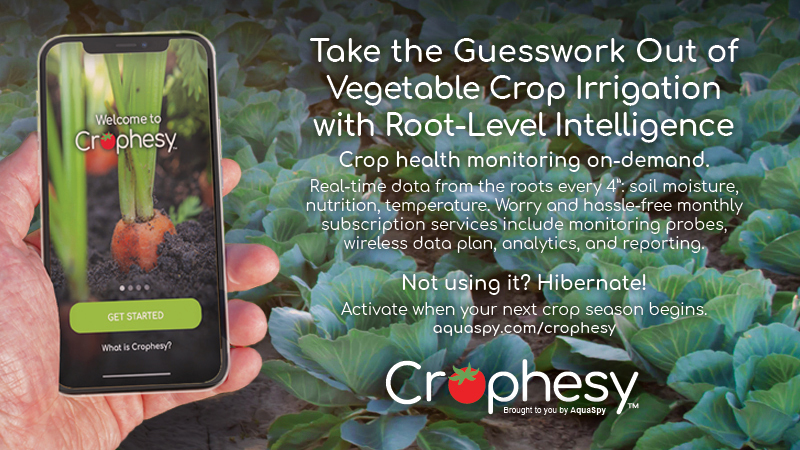Battling Disease In Stone Fruit
Powdery mildew of peach and nectarine occurs worldwide, but is most damaging in semi-arid growing areas. The disease can be caused by several different species of fungi that commonly occur on Rosaceous plants. The most common and important species on peaches in California are P. pannosa and P. leucotricha. These species commonly cause fruit infections and significant economic damage, but leaf and twig infections are important sources of inoculum.
The susceptibility of peach and other stone fruit crops varies greatly among cultivars. The eglandular (without glands at the leaf base) peach cultivars are more susceptible than the glandular ones. Furthermore, in some cultivars, tissues also vary in their susceptibility with fruit being more or less susceptible than leaves, depending on the mildew species involved and maturity of host tissue. Leaves, buds, green shoots, and fruit are commonly attacked, but flower infections are rare on peach and nectarine. Fruit are susceptible to P. pannosa from the early stages of development until pit-hardening (infection periods of other powdery mildew species are not known). White circular spots may enlarge, coalesce, and cover large areas of the fruit. Infections usually result in some deformation of the fruit surface with depressed or slightly raised areas. Infections on peach fruit become necrotic after pit-hardening, whereas on nectarine and occasionally also on peach the tissue remains green.
Management of powdery mildew is by cultural practices and by the use of protective fungicide treatments. Less susceptible cultivars should be planted in areas that commonly have favorable environments for high disease incidence. To reduce the relative humidity in the orchard, the frequency of irrigation periods should be minimized and low-angle sprinklers should be used to keep foliage dry. For managing powdery mildew, fungicide applications should be timed from full bloom until the pit hardening stage of fruit development. A guide to timing of fungicide applications for selected spring/summer diseases of peach and nectarine is shown in the table above.
New products include the single active ingredient fungicides Quash (metconazole-FRAC Group 3, Valent U.S.A.) and Quintec (quinoxyfen-FRAC Group 13, Dow AgroSciences). Quash joins a number of other fungicides previously registered on peach that are very good to excellent against mildew and other diseases like brown rot. Quintec has been registered on sweet cherry and grapes for several years but is a brand new mode of action on peach that is highly specific and highly effective against only powdery mildew fungi. Quintec should never be applied once symptoms have developed because of the high potential for resistance to develop in pathogen populations. It can be mixed with other fungicides and has two to three weeks of residual activity.









